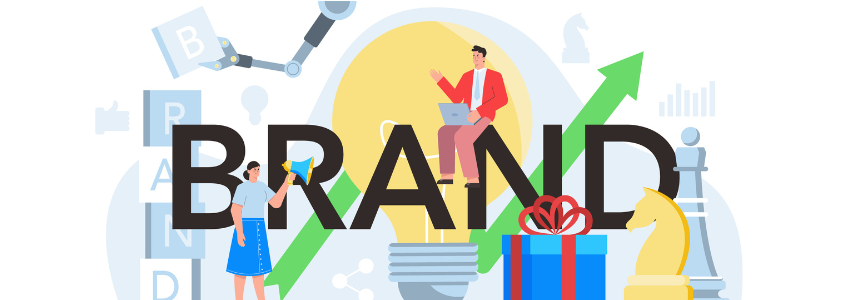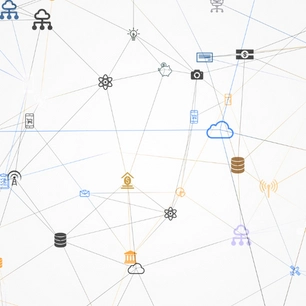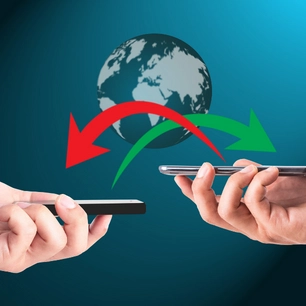Email marketing strategy
If you are looking to create a brand and market your products and services online, you must create an effective email marketing strategy. An intelligent email strategy can help you build a brand in no time. It can help you reach your target audience, as well as help you monitor the performance of your campaign. You can use tools like SEMrush to do a competitor analysis and track your website's performance. This tool can help you link to your best-performing pages and use them in your email marketing strategy.
The first step in email marketing is to define your goals. For example, you can set a goal to welcome new subscribers or engage your existing audience. Once you set your goals, you can start evaluating your campaign's success by looking at your open rates, click-through rate, and website visits.
Once you have a strategy, you can test it and make adjustments. A great email marketing strategy will increase brand recognition and nurture leads. It also creates a sense of anticipation in prospects. It also helps imprint your brand in their minds, making sales easy.
Omnichannel strategy
An omnichannel strategy allows you to reach out to your customers in different ways and help them find what they are looking for. Delivering your message across different channels helps you build brand loyalty and boost sales. It can also improve alignment among your entire company. For example, you may be able to track your customers' purchasing behavior across multiple channels.
One of the most notable advantages of an omnichannel strategy is that it enables reverse showrooming. Companies like Home Depot, Target, and Ulta Beauty have successfully rerouted e-commerce buyers to physical stores. This is because a great customer experience can help you win customers' hearts across channels. In fact, 63% of customers would share their information with a company that provides a great experience.
A successful omnichannel strategy combines sales and marketing channels to maximize customer satisfaction. The marketing channels build brand awareness and consumer demand, while sales channels close deals and facilitate sales conversion. Using data-driven insights from each channel, omnichannel marketers can create unique experiences for customers on each channel. For example, an effective email marketing strategy can segment audiences based on their buying history and previous purchases.
Public relations
In an ever-connected world, news travels quickly. That is why it is important for companies to make the most of public relations strategies to ensure that their information is widely shared with the right audiences. Public relations practitioners monitor media coverage to understand how it affects their business and products.
Public relations can help build brand equity and sales by building a company's image among its target audiences. It also provides media outlets with a consistent stream of ideas and content to use in their coverage of your brand. The more compelling your story is, the more likely it will be covered by the media. Moreover, PR can build your brand while communicating with your target audience, which in turn helps attract additional investment.

Public relations can help you achieve your marketing goals without spending much money on paid advertising. However, it is important to remember that the tasks that fall under PR should be newsworthy and effectively convey your marketing message. Many people confuse public relations with marketing and advertising, but they are two different things. Public relations involves planning and executing a series of activities in an effort to increase the visibility of your product or service and strengthen relationships with your clients and customers.
Defining a product's personality
Brand personality is a set of characteristics that people connect with a brand. Brands with strong personalities attract loyal customers because they appeal to consumers' emotions. For example, inspirational brands make customers feel good about themselves. These traits are crucial to building your product or service brand and differentiating yourself from the competition.
A brand's personality is defined in terms of its characteristics, which are easily recognizable and memorable. Brands that exhibit these characteristics are categorized into five categories. Brands in the sincerity category are wholesome and trustworthy, while those in the excitement category are innovative and exciting.
To establish a brand's personality, start by defining your target market. Try to imagine the product in their shoes and imagine how they interact with the brand. For example, a toy company might define its brand personality as honesty and simplicity, which appeals to parents who value honesty.











